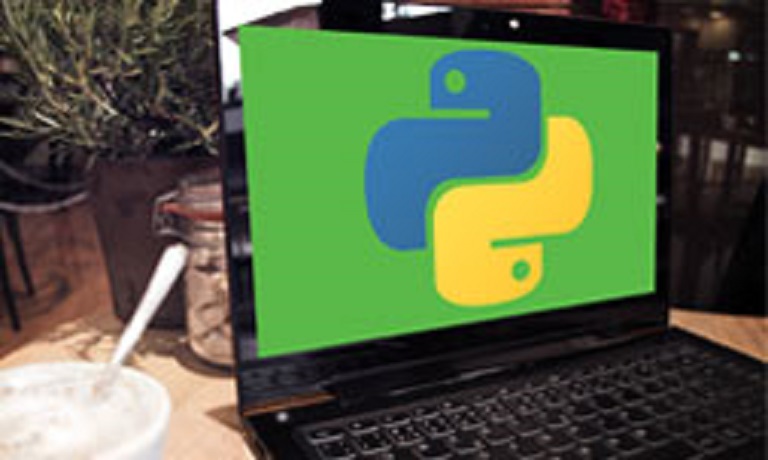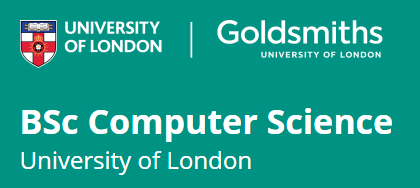| CARVIEW |
- CCNA online course
- Linux online course
- VMware ESXi online course
- Nmap online course
- MySQL online course
- Raspberry Pi online course
- Apache HTTP Server course
- VMware Player online course
- Splunk online course
- SQL online course
- Oracle VirtualBox online course
- Python online course
- Asterisk course
- VMware Workstation Player course
- Process Explorer course
- Pillow online course
- Create a web crawler in Python
- A short introduction to…
Python overview
Python is a general-purpose, high-level programming language that was designed emphasize code readability, developer productivity and program portability. Python can be used to write software in a wide variety of application domains (e.g. web applications, GUI desktop applications, scientific and numeric applications), and uses natural language elements and automates certain areas of computing systems to make the process of developing a program simple and fast. It is available for Windows, Linux, Mac OS, and many other operating systems.
Python uses natural language elements and automates certain areas of computing systems to make the process of developing a program simple and fast. It is available for Windows, Linux, Mac OS, and many other operating systems.
Python is a great programming language for beginners. Because it was designed with code readability in mind, it is an excellent choice for newcomers in the world of programming. Here is a list of its major advantages over other programming languages:
- less application development time – Python code is usually one-third to one-fifth the size of equivalent C++ or Java code.
- code readability – Python code is easy to read, which means you spend less time interpreting it and more time making essential changes.
- cost – Python is completely free to use and distribute. You can even download the entire Python system’s source code for free.
- easy to learn – because of its simplicity and frequent usage of English keywords in the code, Python has become one of the most popular languages for teaching introductory computer science courses.
- wide user base – Python is used in a number of successful products. For example, most of YouTube’s core functionality is written in Python and Google uses Python in its search system.
- high salary – Python programmers have one of the highest average salaries in the US.
Python was created by a Dutch computer programmer Guido von Rossum in 1990. It has since been developed by a large team of volunteers from around the world and is available for download for free. The most recent version of Python (as of January, 2022) is 3.10.
Python course
- Introduction
- Python overview
- Install Python on Windows
- Install Python on Linux
- Add Python to the Windows Path
- Run Python code
- Interactive prompt
- IDLE editor
- Command line
- Help mode
- Basic programs
- Write your first program
- Use comments
- What are variables?
- Variable data types
- Variable names
- Numeric variables
- Strings
- Get the current date and time
- Operators overview
- Arithmetic operators
- Comparison operators
- Logical operators
- Assignment operators
- Membership operators
- Identity operators
- Conditional statements
- The if statement
- Get user input
- The if...else statement
- The if...elif statement
- Nested if statements
- Use logical operators
- Loops
- The for loop
- Use for loop with the range() function
- The break statement
- The continue statement
- The pass statement
- Use else statement in loops
- The while loop
- Nested loop statements
- Errors
- Types of errors
- Syntax and logical errors
- The try...except statements
- The try...except...else statements
- The try...except...finally statements
- Catch specific exceptions
- Raise exception
- Nest exception handling statements
- Modules
- What are modules?
- Import modules
- Find files on disk
- Display module content
- Strings
- What are strings?
- Escape characters
- Access individual characters
- String functions
- Search strings
- Concatenating strings
- Lists, sets, tuples, dictionaries
- What are lists?
- Modify lists
- Loop through a list
- Check whether a value is in a list
- Sorting lists temporarily
- Sorting lists permanently
- Obtaining the list length
- What are sets?
- What are dictionaries?
- Add new key-value pair to a dictionary
- Modify a value in a dictionary
- Delete a key-value pair in a dictionary
- Loop through a dictionary
- What are tuples?
- Looping over a tuple
- Working with files
- How to read and write files
- Read a file
- Read and write – with statement
- Make a list of lines from a file
- Functions
- What are functions?
- Return statement
- Positional arguments
- Keyword arguments
- Default values for parameters
- Flexible number of arguments
- Variable scopes




